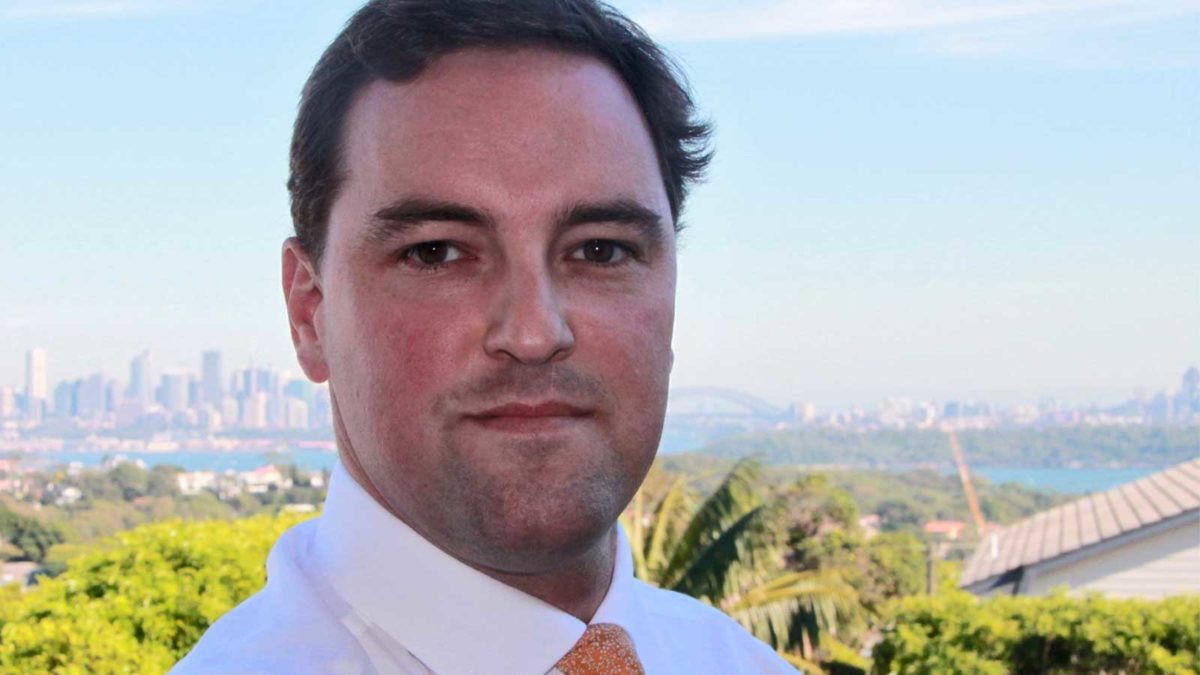All fees tumble again as ESG matures
Even the strong trend towards ESG investing, overlaid with heightened interest in climate-related strategies, has failed to halt the decline in funds management fees.
The latest biennial study by global mandate search and research consultancy bfinance shows that fee compression has caught up with global ESG equities over the past five years, the average mandate fee falling 14 per cent to 50bps for big funds.
The trend to ESG has been so strong that the researchers say it is difficult to assess the pricing trends for active global equities which do not integrate ESG considerations because of their “rapidly declining number”.
The study, ‘Investment Management Fees: Capturing Price Evolution‘, says: “This is illustrative of recent ‘ESG mainstreaming’, with managers bringing sustainability and stewardship considerations into the centre of their businesses – at investment strategy level and at corporate level. As such, any potential ESG pricing premium has now essentially been removed.”
That is not to say that there are not pockets of activity where managers can still command a premium in the ESG space. For instance, the introduction of ‘Article 9’ classification of the EU Sustainable Finance Disclosure Regulation on March 31 has spawned a number of new strategies with a slightly higher median fee and significantly higher upper-quartile fee than previously.
But the study also points out that this area has also had, in the current quarter, some of the heaviest discounting against quotes for mandates. As many as 30 per cent of managers offering Article 9-cogniscent strategies have offered up-front fee discounts, often seeking seed investors.
There may also be a modest premium (or at least a higher median quoted fee) for ‘impact’ strategies, which explicitly target and are equipped to report on social and environmental outcomes.
But, ‘ESG thematic’ strategies that do not meet the threshold considered appropriate for an ‘impact’ strategy were, on average, a little cheaper in terms of quoted fees, the study says.
“Investors should not assume that they will necessarily pay more for high calibre managers in any of these segments, especially after negotiation. Careful benchmarking and a strong awareness of the range of fee proposals currently available in the market can help.”
The bfinance study is arguably the best available regular guide to institutional investment fees in the major markets, including Australia and New Zealand, due to the unique nature of the firm’s core mandate search business.
bfinance searches the whole market for each individual RFP (request for proposal) by client pension funds and other types of investors and manages the process through negotiations to contract completion.
Frithjof van Zyp, the Sydney-based senior director for Australia and New Zealand, said last week (November 18) that the data came from the fee proposals by managers and therefore reflected “real price discovery” rather than their “rack rates”.
“We cast a very wide net, soliciting lots of proposals and it’s really only through that competition that you can drive fees down,” he said. “The other thing is that it’s not just the original proposals. Through the process there are multiple negotiations, so we can see what discounts are offered and see the trend for each asset class.”
In the nascent growth areas, such as parts of the climate-related range, the discounts on offer may be bigger as managers jockey for a share of the market.
“Fees are not usually the deciding factor, though,” van Zyp said. “But they have to be in line with presenting the whole value proposition. For example, an overseas manager may be vying for its first client in Australia but may not have the required reporting or local client servicing. Our client may decide to leave them aside, but we can use the manager’s aggressive quote to point to a future trend.”
Overall, he says, the Australian and big NZ funds are participating similarly in the downward fee trend as their counterparts in Europe and the US are.
One of the newish asset classes highlighted in the study, renewable energy infrastructure, was recently subject to a client search in Australia which had a “non-financial element” to it, he said.
“NZ asset owners were also looking at the sector. Interest in that has gone up significantly in the past 18 months.”
Nevertheless, the study indicates some maturation also occurring, with a “modest reduction in quoted base fees”. The median quoted fee for a US$50 million renewable infrastructure mandate was down 8 per cent (10bps) from 2016 and down 14 per cent (21bps) for the top quartile. There has also been less fee dispersion emerge over that time, alongside lower performance fees and better hurdle rates.
In other recently popular asset classes, median fees for US high yield (UCITS) funds were down 15 per cent since 2017, for emerging market debt (blended) down 10 per cent since 2017, and for multi-sector fixed income down 15 per cent.
In one of the few bright spots for managers, which mostly still occur among private markets offerings, the 42 per cent fall in the median fee for funds of hedge funds between 2010 and 2019 has now stopped.
“In no asset class have fees gone up in the past two years,” van Zyp says.











